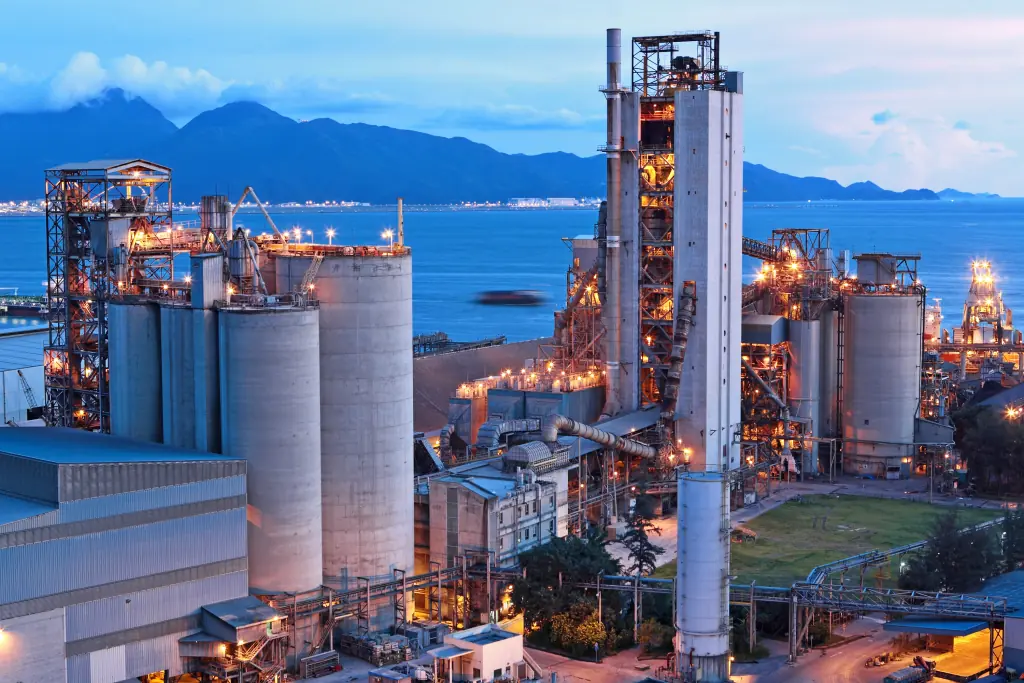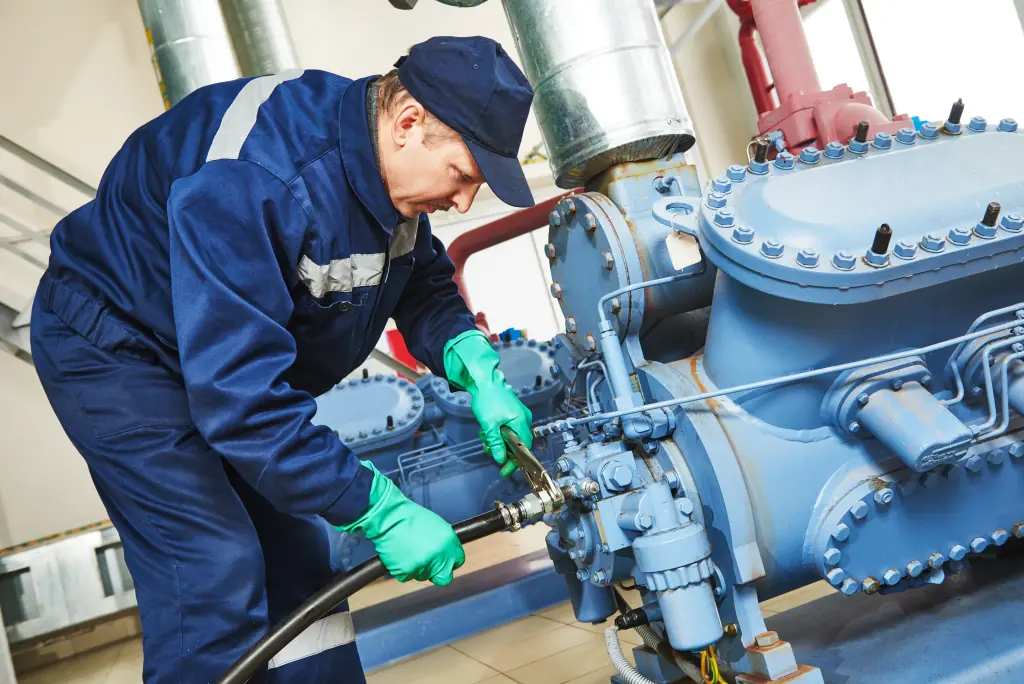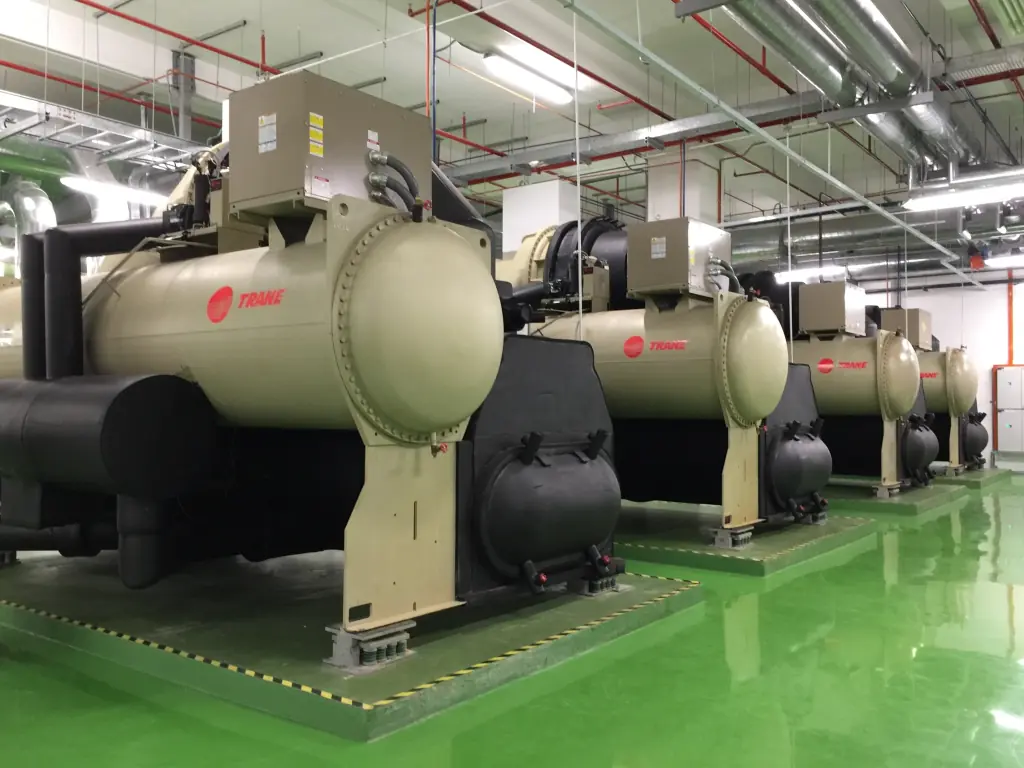"SiteWatch’s EnMS provided the tools and platform for us to test and tweak all components of our production line saving over 2% of total energy consumption. When applied across our global manufacturing facilities, we will save millions of dollars annually." — Process Engineer, Plastics Industry
The General Services Administration Has Documented the Value of Monitoring
The impact of monitoring (typically using electrical sub-meters) on energy savings is an established fact: The General Services Administration first published their findings on the impact of sub-metering in federal buildings in 2006. These findings were repeated in June 2017 — in a report by Kevin Kampschroer, the head of the General Services Administration's sustainability team. The impact on the federal buildings was substantial:
- Simply adding sub-meters increases people's awareness of energy-use and waste.
- Tenants who are billed for actual, rather than calculated power use are much more careful with their usage.
- Real-time monitoring leads to increased energy-awareness. Simple changes to equipment and schedules can reduce consumption 5-15% without requiring a significant investment.
- Up to 45% savings are possible with regular ongoing energy-analytics, reports and re-commissioning of equipment to original efficiency.

Typical Estimated Savings — Without Capital Investment
| Action | Observed Savings |
|---|---|
| Installation of meters | 0-2% Initial impact, but savings will not persist |
| Bill allocation by department | 2.5-5% Improved occupant awareness |
| Building tune-up and load management | 5-15% Improved awareness, identification of simple operations and maintenance improvements, and managing demand loads per electric rate schedules |
These results are for commercial buildings; in our experience, the savings opportunities are much higher in industrial facilities and certain institutional facilities, such as hospitals.

Obviously, manufacturing facilities are much more complex that commercial or institutional ones, with a wide variety of machines and processes as well as dozens of different variables to capture. Our SiteWatch 360 platform has the ability to accept any kind of engineering data from almost any kind of sensor, meter or PLC, for storage in the SiteWatch 360 database and detailed analysis and conversion into understandable, actionable graphs, charts, reports and alerts.
New wireless monitoring technologies have made energy sensors both more powerful and less expensive. SiteWatch 360 uses a patented technology that replaces $1,000 energy meters (installed) with tiny clip-on wireless sensors that cost as little as $145 each.
Ongoing Commissioning With Capital Investment
Improved awareness, ongoing identification of simple operations and maintenance improvements, and continuing management attention can yield 15-45% savings.
Technology Improvements
Whether yours is a commercial building, a manufacturing facility, or an institution like a university or a hospital, it is a virtual certainty that you will save money and operate more effectively once you have installed a comprehensive network of IoT-enabled sensors.
Summary of Advantages
A well-designed real-time energy monitoring system, with sensors installed at very granular levels will…
- Provide detailed insight into machine operating patterns and energy consumption.
- Identify wasted energy due to operator error or unnecessary runtime.
- Save energy by helping optimize machine settings and schedules.
- Overlay data — both energy and non-energy — to calculate operating costs accurately.
- Minimize downtime through early warning of machine failure from common causes.
- Identify peak demand — peak usage, peak time and equipment responsible.

Common management questions that SiteWatch 360 can answer at the push of a button:
- Energy consumption. Do you know how much energy your largest, or most critical, machines consume?
- Energy efficiency. Are all your similar machines equally efficient? If not, how unequal are they?
- Troublesome equipment. Do you have continuously high-maintenance equipment? If so, why?
- Wasted energy. Do you get warnings when equipment is running unnecessarily or out of its normal operating range?
- Operator error. How much more efficient are your experienced operators than newer ones?
- Machine failure. How much could advance warning of machine failure save you in output and cost?
- Peak demand. Do you know when and which machines set your ‘peak demand’ each week?
- Payback. Can you calculate the exact ROI for upgrading equipment — and verify the actual payback?
